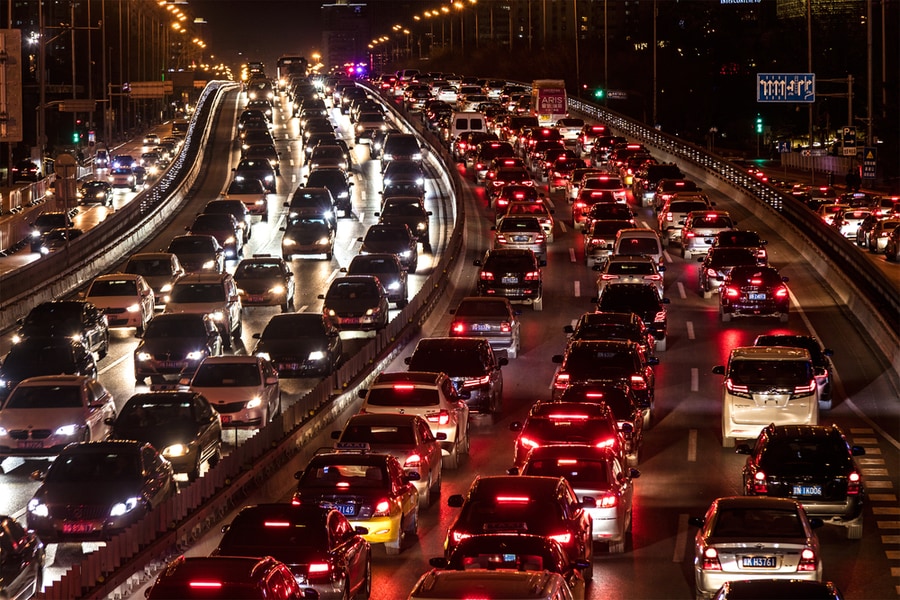
Commuting hurts productivity and your best talent suffers most
Companies that prize innovation should keep employees out of soul-crushing transit, even after the COVID-19 pandemic, suggests new research by Andy Wu
 Image: Shutterstock
Image: Shutterstock
Many of us have been there: mired in rush-hour traffic, listening to music or news to take our minds off the grind, wishing we didn’t feel so stressed before we’ve even reached the office.
A late-night conversation with a fellow researcher about the hassle of commuting inspired Harvard Business School Assistant Professor of Business Administration Andy Wu to conduct a study that asked: Does the daily commute affect innovation and productivity for tens of millions of workers? And if so, what are the implications for companies that employ commuters?
Many companies will confront these questions as the COVID-19 pandemic wanes and remote employees—perhaps grudgingly—contemplate returning to offices. Wu’s conclusions were clear: A long commute hurts workers and their employers by hindering creativity and productivity, which stifles innovation, according to his recent Journal of Urban Economics article Commuting and Innovation: Are Closer Inventors More Productive?
“It’s amazing how robust the results are. Commuting hurts both innovative quantity and quality,” especially for an organization’s highest-performing workers, says Wu of the three-year analysis he conducted with coauthors Hongyu Xiao and Jaeho Kim, both of the University of Pennsylvania’s Wharton School.
The results provide an important lesson for companies: “If firms want to make sure their best knowledge workers innovate at their peak, keep them closer to where they work,” either by allowing them to work remotely or by providing incentives to move closer to offices, Wu says.
This article was provided with permission from Harvard Business School Working Knowledge.







